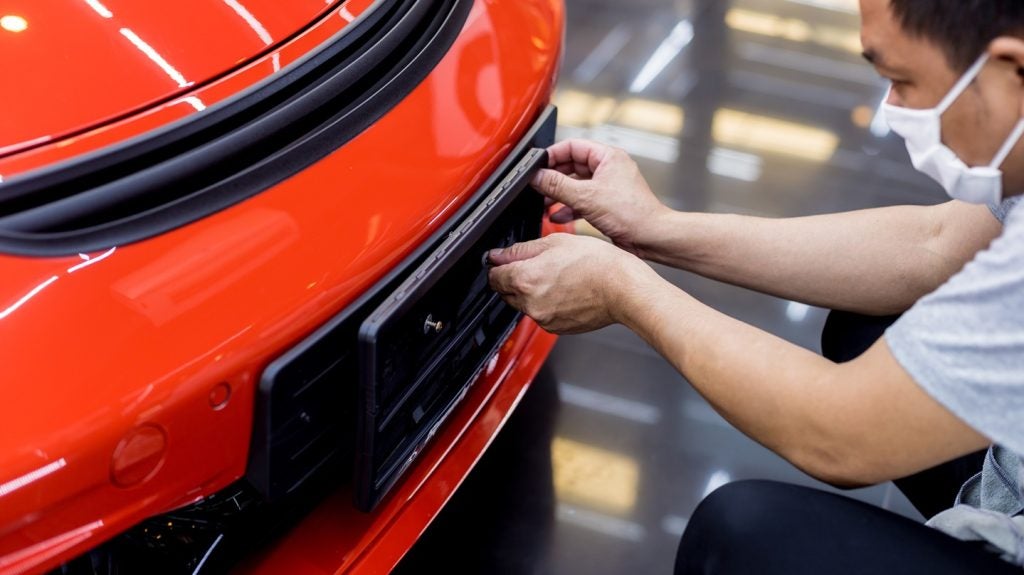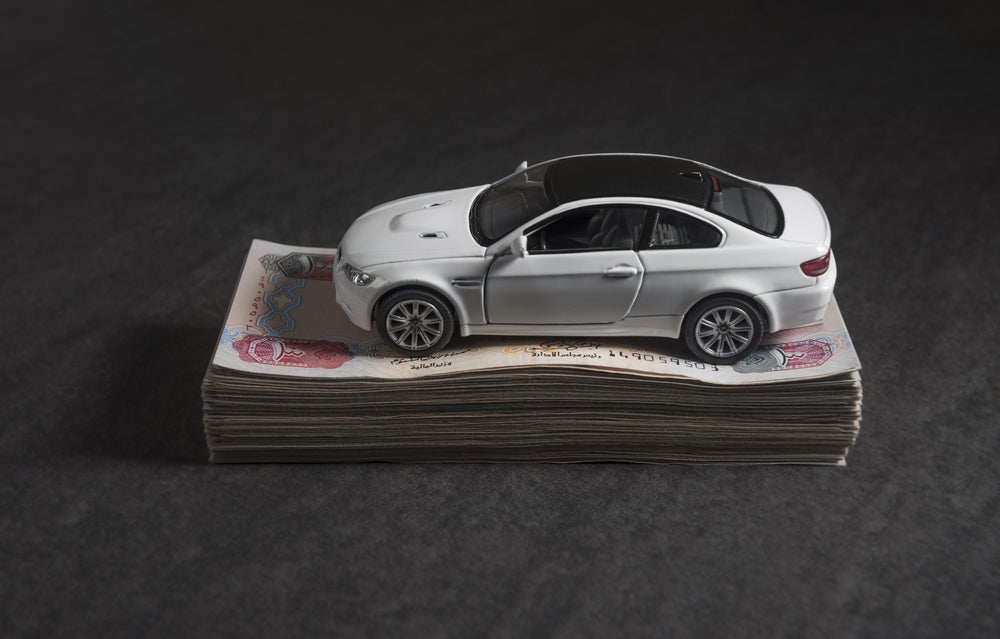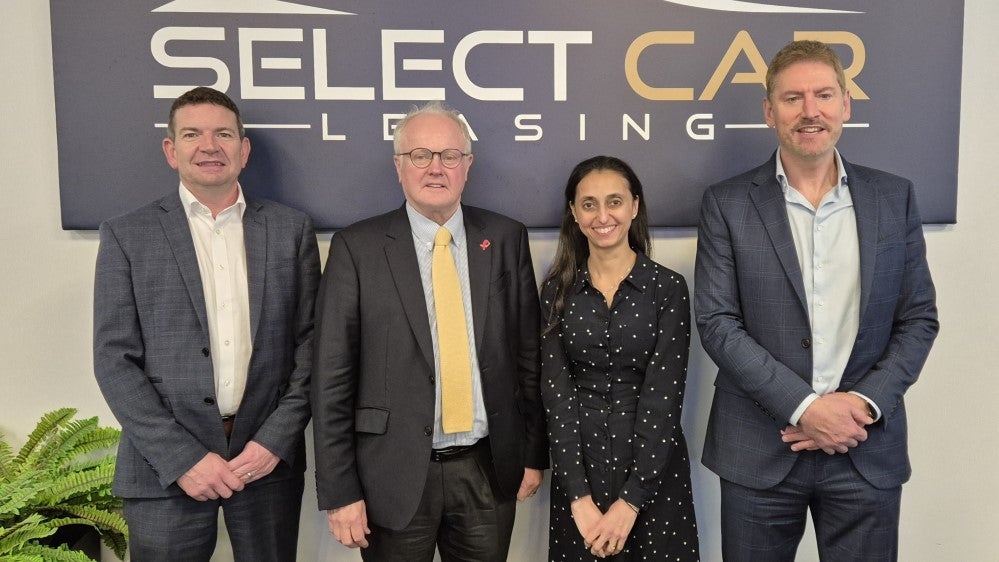David Wood looks at accession and the law of hire purchase
There are many issues when people leasing a vehicle add features or equipment to it, or if parts are seemingly financed separately, similar to issues relating to the financing of fixtures on land, where the addition can end up becoming part of what it is attached to, losing its separate identity.
The problem for motor finance companies comes when repossessing their products, or when innocent third parties claim they have spent money on additional items for their vehicle.
Issues can arise for the vehicle owner if one asset, under separate ownership, becomes incorporated into another a new exhaust, for example, or parts upgraded by hirers or third parties.
Sometimes conflicts between hirer and owner can be resolved by reference to the definition of the goods in the agreements standard terms, i.e. the hired vehicle, including accessories, additions, attachments or replacement parts. The position is muddied in claims by third parties, as contract terms cannot determine the parties rights. In addition, where there are no relevant terms in place, disputes may be difficult to resolve as the law does not provide clear guidance for these situations.
The primary rule of accession is that permanent additions pass to the owner of the principal asset. However, theories differ over precisely when the primary rule applies. The common view is it applies if the addition can not be properly identified, or has been incorporated into the principal asset to the extent that it cannot be detached without damage to it or the principal asset.
How well do you really know your competitors?
Access the most comprehensive Company Profiles on the market, powered by GlobalData. Save hours of research. Gain competitive edge.

Thank you!
Your download email will arrive shortly
Not ready to buy yet? Download a free sample
We are confident about the unique quality of our Company Profiles. However, we want you to make the most beneficial decision for your business, so we offer a free sample that you can download by submitting the below form
By GlobalDataIf the addition is easily removed, it will not lose its identity or ownership. However, what happens if it is a replacement component? The removal of a component which replaced an original, without reinstatement, would arguably damage the principal asset. There are additions, tyres or an engine for example, that are financed separately but not held to have ceased existing as assets in their own right. The fact that such components are essential was deemed to be irrelevant although their removal would affect the operation of the whole vehicle, it would not actually damage the vehicle. Non-replacement components may be less likely to have lost their identity and separate ownership.
Cases should be individually considered and resolved, if possible, without litigation. For most, the amount involved will not justify the dispute. If no amicable settlement is possible, legal advice should be taken.
In summary
With the hirer, without clear contract terms, the owner is entitled to the return of the asset with fully working components consistent with the hirers repairing obligations and the age/allowable usage of the asset.
With third parties, examine their claim to title and the ease of removing the addition, and endeavour to agree a value for the part. If the third party has improved the principal asset without having title to it, even with non-removable parts, they can claim an allowance representing the value of any improvement.
If the asset has been repossessed and sold, and faced with a conversion claim, consider agreeing and giving value for any true addition not essential for its proper use, but only if proof of the claimants assertion to the addition is provided.
While the increase in the value of the asset is the benchmark, there may be a compromise to be reached between the cost of the item and the increased value of the principal asset.
David Wood is a partner at DWF







